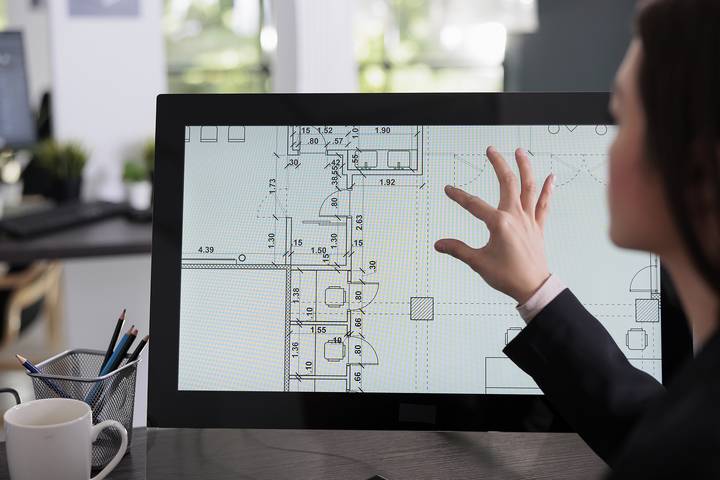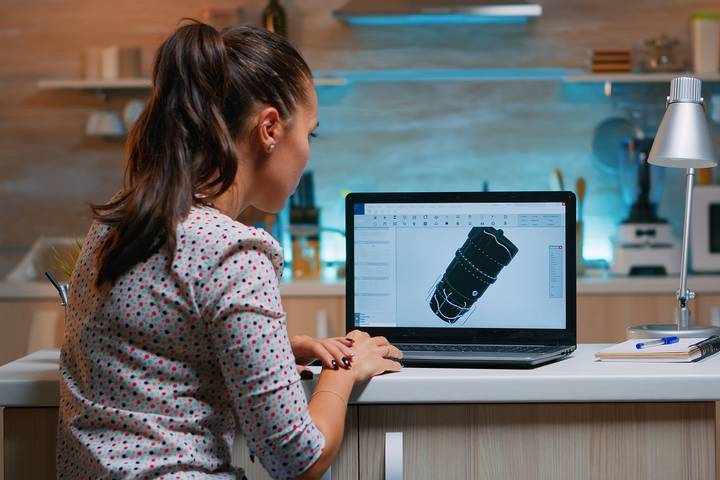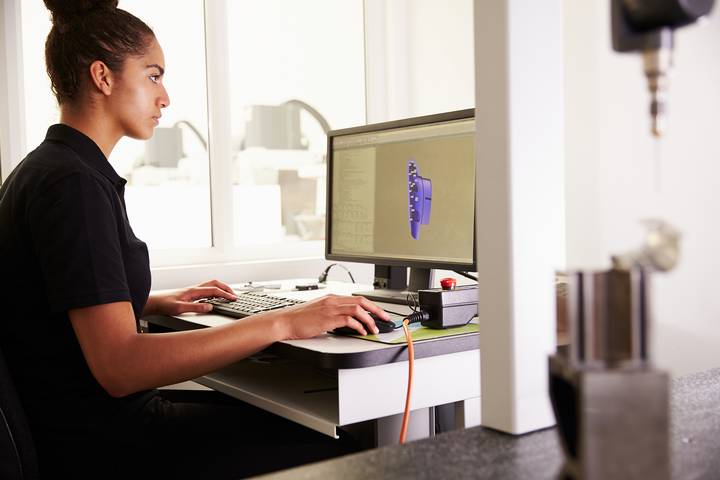Many industries, such as plumbing, manufacturing, and interior design, rely on Computer-Aided Design (CAD) daily to develop various models and drafts. Adopting CAD in your business means you’re miles ahead toward success.
Even with a few limitations, CAD remains one of the most prominent tools in today’s industrial world. The good thing is that the experts strive to beat the challenges daily by learning the latest techniques and tips. You can approach an established CAD designer and let them guide you.
The technology boasts loads of benefits to businesses, including:
Benefit #1: High Accuracy

Computer-aided design projects boast nothing but high accuracy. Since CAD designers use specialized software to generate these drawings and models, they are free from errors that would otherwise arise if done manually. The tools achieve the measurements required for the designs, hence high accuracy.
Benefit #2: Cost-Effective

Employing CAD design automation in producing drawings, sketches, and models is cost-effective. While the technology may be slightly expensive initially due to the purchase of various software programs, it gets better with time because the projects undertaken through it are often ideal from the start. CAD reduces the need for regular repairs or replacements which would otherwise arise from manual drawings and models.
Benefit #3: Room for Customization

Computer-aided design allows customization in that every client can get exactly what they want, no matter how complicated it appears. The experts can configure the settings of the respective software programs to adjust different factors, such as the dimensions and layout of a particular drawing.
This feature allows many industries to employ Computer-aided design in other responsibilities without fearing copyright infringement or related issues.
Benefit #4: Time-Saving

Using computer-aided design saves the designers a lot of time that would otherwise be consumed on manual drawings. They can use this time to focus on other CAD matters, such as visiting and surveying sites.
CAD takes little time, even on complex projects like manual designing. Modifying drawings and models has also been made easy since experts must adjust various features to get the job done.
Benefit #5: Good Quality

It’s no secret that computer-aided design software produces drawings, sketches, drafts, and models that are aesthetically desirable. This software’s wide range of tools allows designers to sharpen the appearance and functionality, hence more superb quality.
Even complicated designs can be generated efficiently and accurately with this technology. Due to their impressive quality, many industries have shifted their focus to CAD for drawings and models instead of manual ones.
Benefit #6: Great Productivity

The level of productivity that comes with adopting computer-aided design in your business is impressive. Thanks to software technology, professionals get great productivity because they spend less time designing and completing projects.
Making adjustments no longer requires them to go back to the drawing board but just click a few numbers and settings. The same applies to estimations and calculations because you can use various CAD software. Great productivity doesn’t only reveal itself through a high number of completed projects but also better quality, less time, and less cost.
Benefit #7: Easy to Understand

Computer-aided design drawings, sketches, or models are easy to understand by professionals and even developing CAD designers. For instance, complex 3D designs can be adjusted and studied from different angles, including those that aren’t so complicated for beginners.
Such features have allowed designers to present their projects to non-CAD professionals and fellow designers. They can also use it to market and sell CAD sketches and drawings to potential customers such as interior designers and civil engineers.
Benefit #8: Quick Share

Every designer wishes to share with friends and fellow designers that design has taken them days and high thinking to complete. That’s what CAD ensures because the designers can easily share an ongoing or completed drawing with other professionals, friends, and team members, including those miles away.
This feature benefits CAD designers working from home since they can easily share ideas online. One only requires a stable internet connection to transfer or store the files in the cloud for future referencing.
Benefit #9: Re-usability

A single computer-aided design can be used repeatedly with little changes. Therefore, designers don’t have to design a fresh whenever they tackle a project nearly similar to what they have done before. They will just edit their old projects by adding new dimensions and other features. Re-usability means more excellent production, less human labour, and high-quality drawings.
Benefit #10: Understand Drawbacks of Using CAD

While CAD has so many benefits to businesses, it’d be essential to learn its few drawbacks before embracing it. First, the initial cost of CAD hardware and software resources is significantly high, deterring businesses from adopting the magical technology. One must also undertake a CAD course, which requires some time and effort before you can start the job.
Often, different software versions may not be compatible, undermining the sharing of CAD files among designers. Furthermore, maintaining CAD can be frustrating due to the endless updates and licenses required. Lastly, CAD files are also vulnerable to cyber insecurity, which could easily lead to data loss and unauthorized access.
